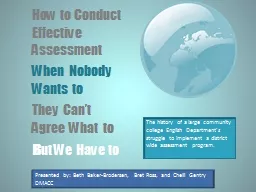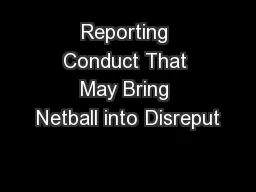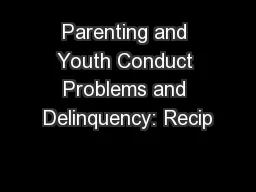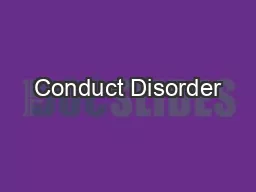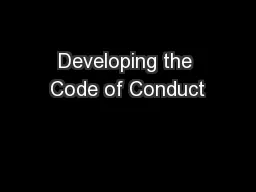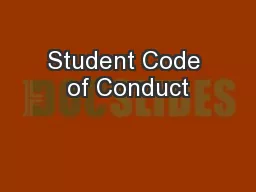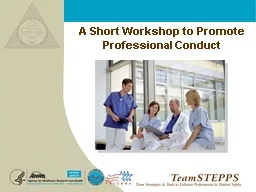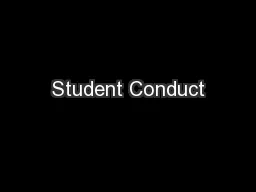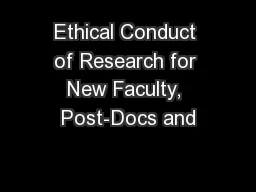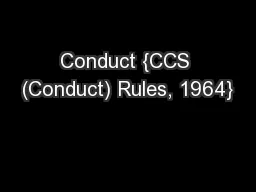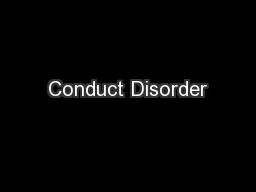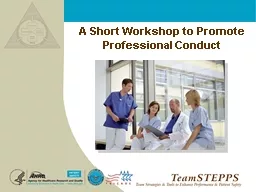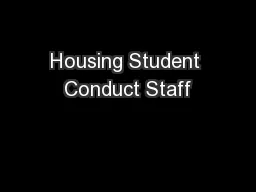PPT-How to Conduct Effective Assessment
Author : ellena-manuel | Published Date : 2020-01-22
How to Conduct Effective Assessment When Nobody Wants to They Cant Agree What to B ut We Have to The history of a large community college English Departments struggle
Presentation Embed Code
Download Presentation
Download Presentation The PPT/PDF document "How to Conduct Effective Assessment" is the property of its rightful owner. Permission is granted to download and print the materials on this website for personal, non-commercial use only, and to display it on your personal computer provided you do not modify the materials and that you retain all copyright notices contained in the materials. By downloading content from our website, you accept the terms of this agreement.
How to Conduct Effective Assessment: Transcript
Download Rules Of Document
"How to Conduct Effective Assessment"The content belongs to its owner. You may download and print it for personal use, without modification, and keep all copyright notices. By downloading, you agree to these terms.
Related Documents

